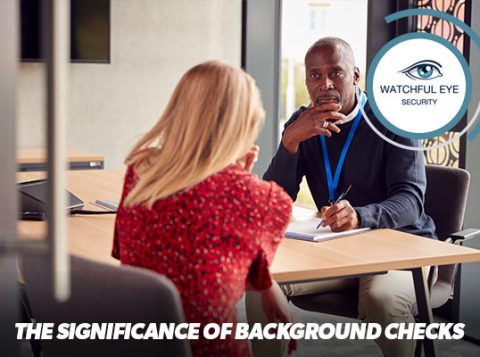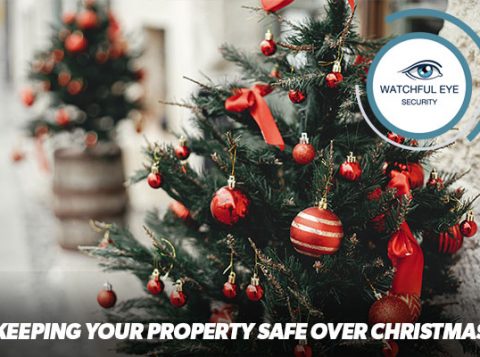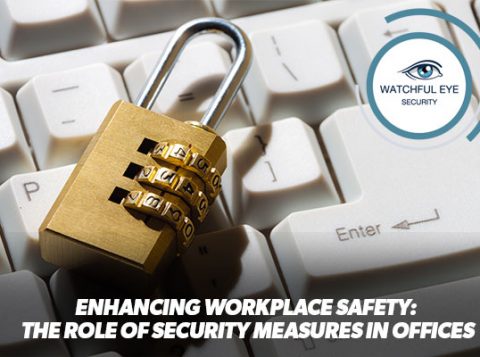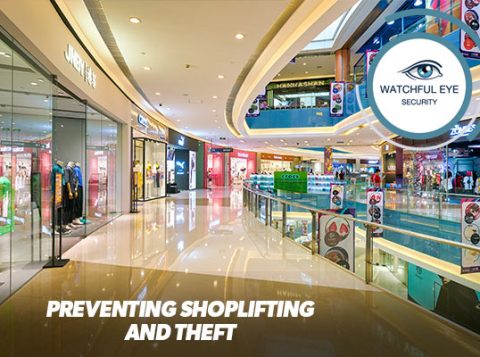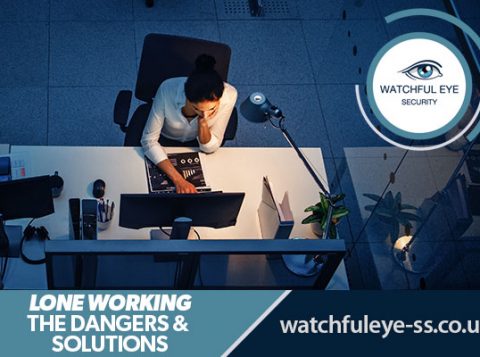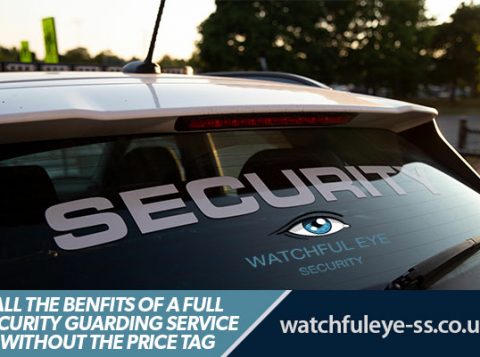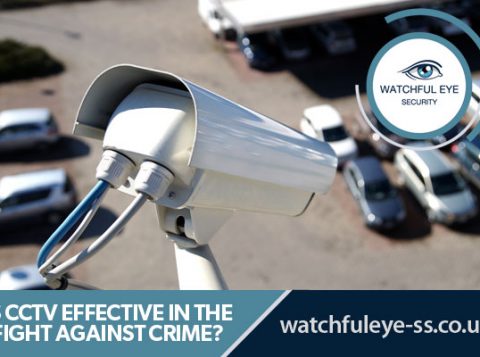
Does body worn CCTV help or hinder?
Body-worn cameras have grown in popularity significantly with law enforcement and private security officers in recent years, as major developments in surveillance technology has provided a greater number of options. Does their use aid security staff in the de-escalation of potentially violent situations, or actually exacerbates things.
Body-worn cameras are a rapidly growing market. According to Market Research Future, BWCs constituted a $444 million global market in 2020, with estimates projecting a rise to around $1.5bn by 2025. It seems reasonable to assume, based on these projections, that the world will be seeing more BWCs in the immediate future.
In an interview with IFSEC Global, Reveal Media CEO Alasdair Field stated that he expected to see an increase in sectors adopting the technology, including healthcare and retail. He also delineated the key difference between BWC usage by police and other professions. For field, police use is centred around obtaining better evidence, while other sectors (presumably including security), primarily use BWCs to protect their workers from harm.
Field also added that BWCs “have a significant de-escalation outcome”.
This reasoning appears to be sound. After all, a lot of instances of ‘he said/she said’ can be solved by video evidence. Additionally, when a person knows they are being filmed, they are going to be less likely to perpetrate acts of violence or abuse for fear of legal retribution if nothing else.
BWCs are already being considered for mental health wards and other psychiatric treatment, partially as a way of keeping the people who work in these areas safe from harm.
British police, as well as many UK-based security firms, are generally in favour of BWCs – and it’s not hard to see why. The technology cuts down on customer complaints, corroborates employee accounts of how an incident took place, provides an added incentive for employees to behave professionally and can offer far more compelling evidence than a simple eyewitness testimony.
There are downsides, however. For one, BWCs are still fairly expensive – perhaps beyond the financial reach of smaller security firms.
In one (admittedly hypothetical) example, a corrupt security operative may be inclined to verbally or physically goad a patron into becoming abusive or violent while the camera is switched off, then activate it in order to record their reaction.
Furthermore, although a specific code of practice for BWCs has been published by the Surveillance Camera Commissioner (which also links to the government’s 2013 Surveillance Camera Code of Practice) there aren’t as many firm rules governing the use of BWCs as perhaps there should be.
We would therefore strongly recommend that any security company planning to use BWCs familiarise themselves and their operatives with both codes of practice before creating a company specific one designed to avoid these aforementioned downsides. For reference, the police’s official BWC guidance may be found HERE.
BWCs can be of great benefit to the security industry as a whole. However, they must not be looked at as a ‘cure-all’, or as being in any way infallible. As ever with security, human vigilance remains the key component.
Body-worn cameras and de-escalation
BWCs can be very useful in areas such as policing and security, but how effective are they as part of the de-escalation process?
One argument against the widespread deployment of BWCs goes that violent crime, which of course includes instances of violence against security workers, which continue to rise. While this is almost certainly linked to the government’s long-term policy of slashing police budgets, it also suggests that the proliferation of BWCs is not having too significant an effect upon incidents of violent crime.
Most widely used de-escalation strategies are older than BWC technology and so stop short of incorporating it. However, we wonder if it might be worth a security operative engaging with an angry patron by explaining that they are wearing a camera and that they will be forced by policy to activate it if the patron does not comply with instructions. It seems likely that most people that have yet to escalate to the point of violence, will heed this warning and leave of their own accord.
Of course, the main role BWCs play in the de-escalation process is that of a deterrent. Theoretically, people knowing that they are on camera (or that they potentially could be), should have the effect of encouraging them to back down and begin complying with instructions.
In some cases, BWCs may act as encouragement for certain patrons to behave aggressively. However, the type of person who would see being filmed as an invitation to behave in such a manner will likely need little/no encouragement to do so regardless of the circumstances.
Overall, more research is needed on this topic. It is possible that, some day in the not-too-distant future, a new generation of security operatives will be trained to employ BWCs as part of some updated de-escalation strategy.
How is body-worn camera footage used and what are the rules?
There are no laws that specifically govern the use of BWCs, however there are formal codes of conduct. Additionally, BWC footage is subject to a number of privacy laws, as well as the Data Protection Act 2018.
It is legal to take pictures or video in a public space, provided the images are not being used for illegal purposes and/or do not focus specifically on one person or group of people without their express consent.
Consent ceases to be an issue, however, in cases whereby that person is committing a crime or refusing to comply with the requests of a licensed security operative or police officer.
Any person has a legal right to review any footage taken of them in which they are readily identifiable, although in order to do so they must first submit a ‘subject access request’ to the data controller of the company that took the footage.
Any footage taken is usually deleted within 30 days (although this is not a legal requirement, merely a professional standard that is ‘encouraged’ by police).
In a court of law, video footage takes precedence over any verbal or written testimony. Lawyers on both sides of the case will be looking for any discrepancies between the verbal or written accounts of an incident and what is shown on camera, so it is important for security operatives using BWCs to be very aware of their surroundings, as well as details such as what time it is.
A major issue affecting the storage of BWC footage surrounds data encryption. If the footage is not encrypted or held securely, it can be extremely vulnerable to theft or hacking, which is a very serious issue.
In conclusion
BWCs represent a potential revolution in the way security companies operate. Unusually, they not only hold the potential to ensure that a greater number of British security operatives are acting in compliance with both industry-standard policies and UK law, but they can also help to deter would-be attackers and thus help to keep those operatives safe.
We caution against the view that BWCs, in particular the evidence gathered by them, is infallible, or that it will somehow lead to a state of complete safety for security operatives on the front lines, or of complete and total professionalism on the part of all operatives – it can’t, and it won’t. It is, however, an important step in the right direction.
The relative lack of BWC-specific legislation is also a cause for concern. It seems that the technology is evolving faster than the laws that govern it. Additionally, although developments such as AI and facial recognition software have the potential to help us all, they also hold the potential to do great harm.
Our discussion with those presently employed by the security industry uncovered a sense of cautious optimism regarding BWCs, as well as the faint notion that they may help a beleaguered and often put-upon workforce to increase their safety and improve their lot. We are inclined to agree here, BWCs have a lot to offer the security industry, and that industry needs all the help it can get right now.
From the point-of-view of society, more cameras are definitely not the answer, but perhaps the deployment of less generalised, more specialised, systems of surveillance (such as more BWC-wearing police patrolling the streets) could help to reduce criminal activity while also preserving people’s fundamental right to privacy. This issue is a complex one, which is difficult to cover in an overview such as this, but we have nonetheless attempted to present the debate to you in a clear and concise manner.






































